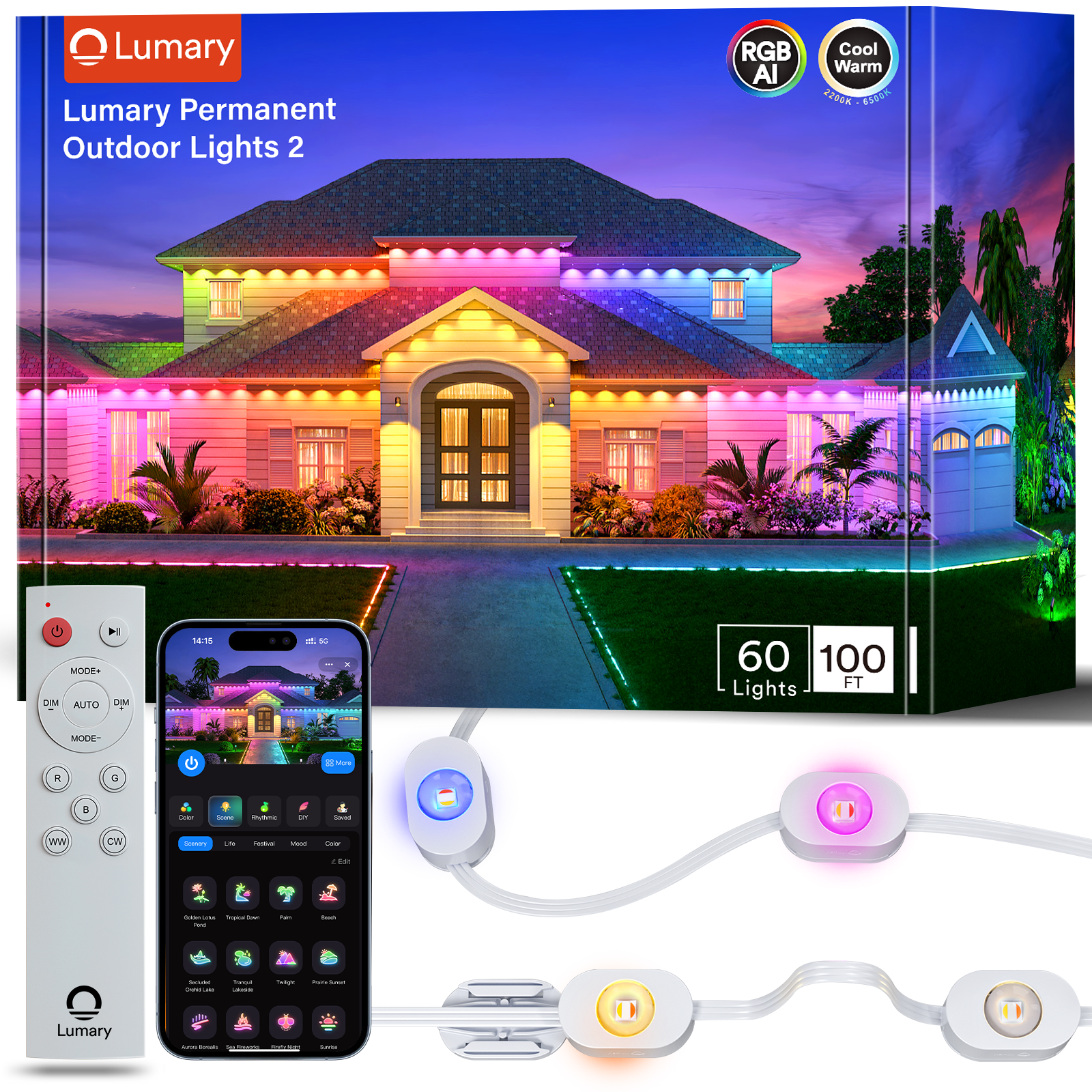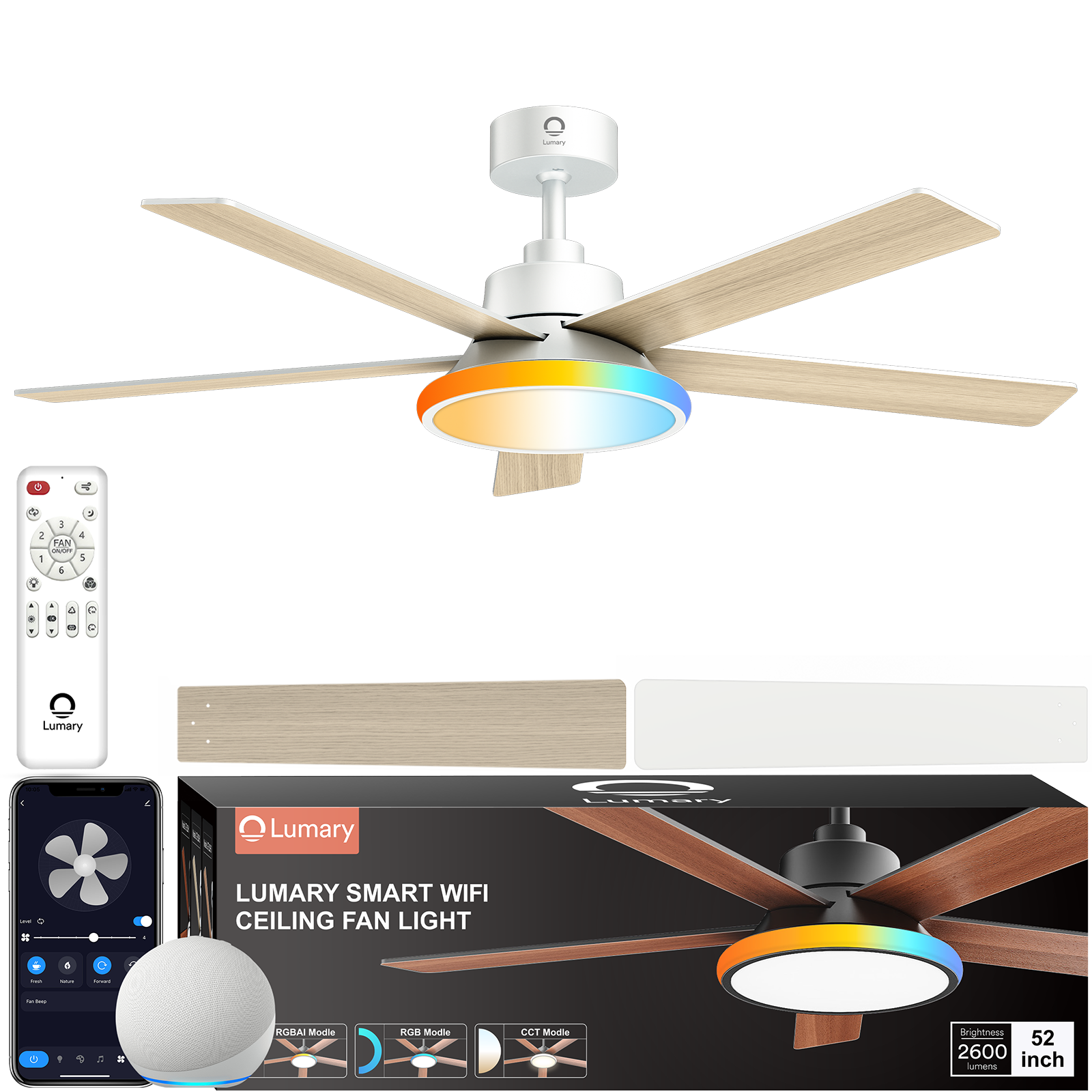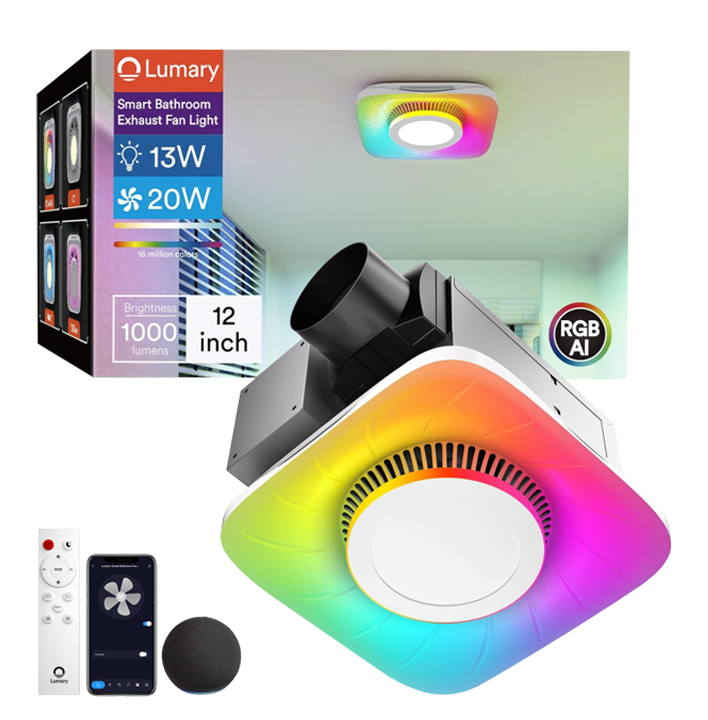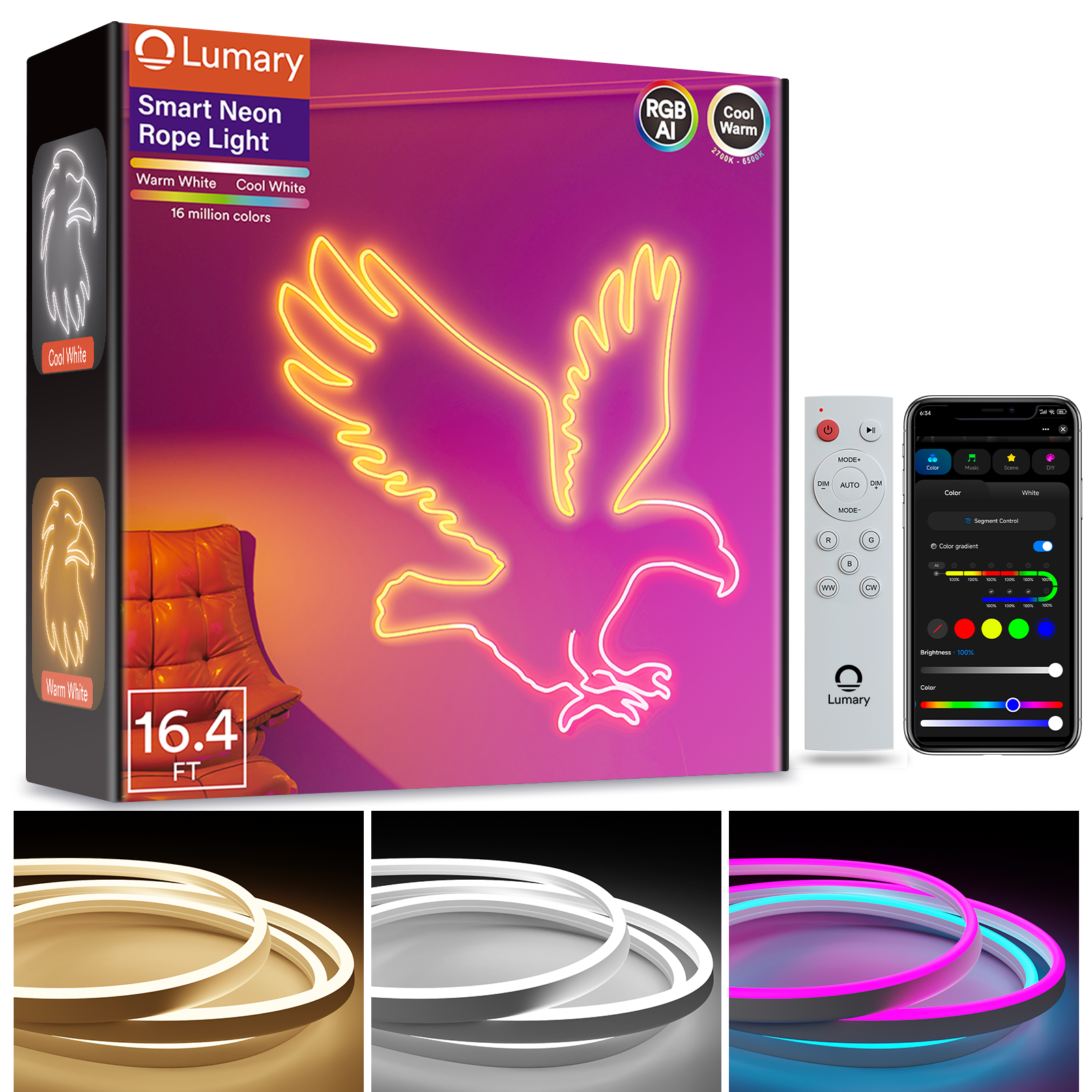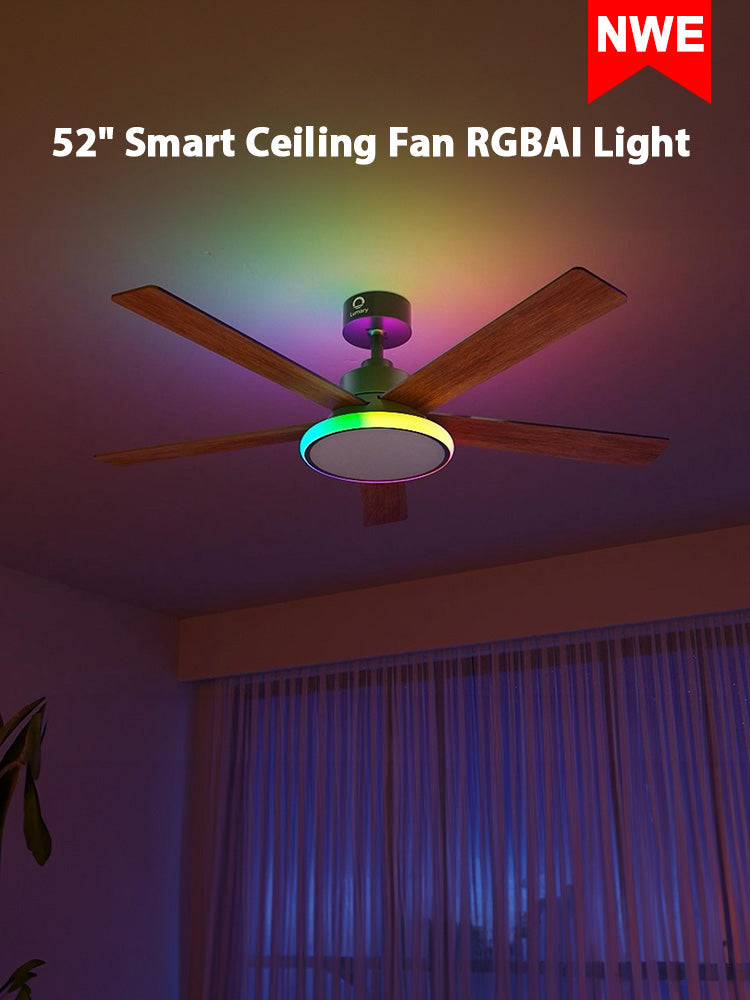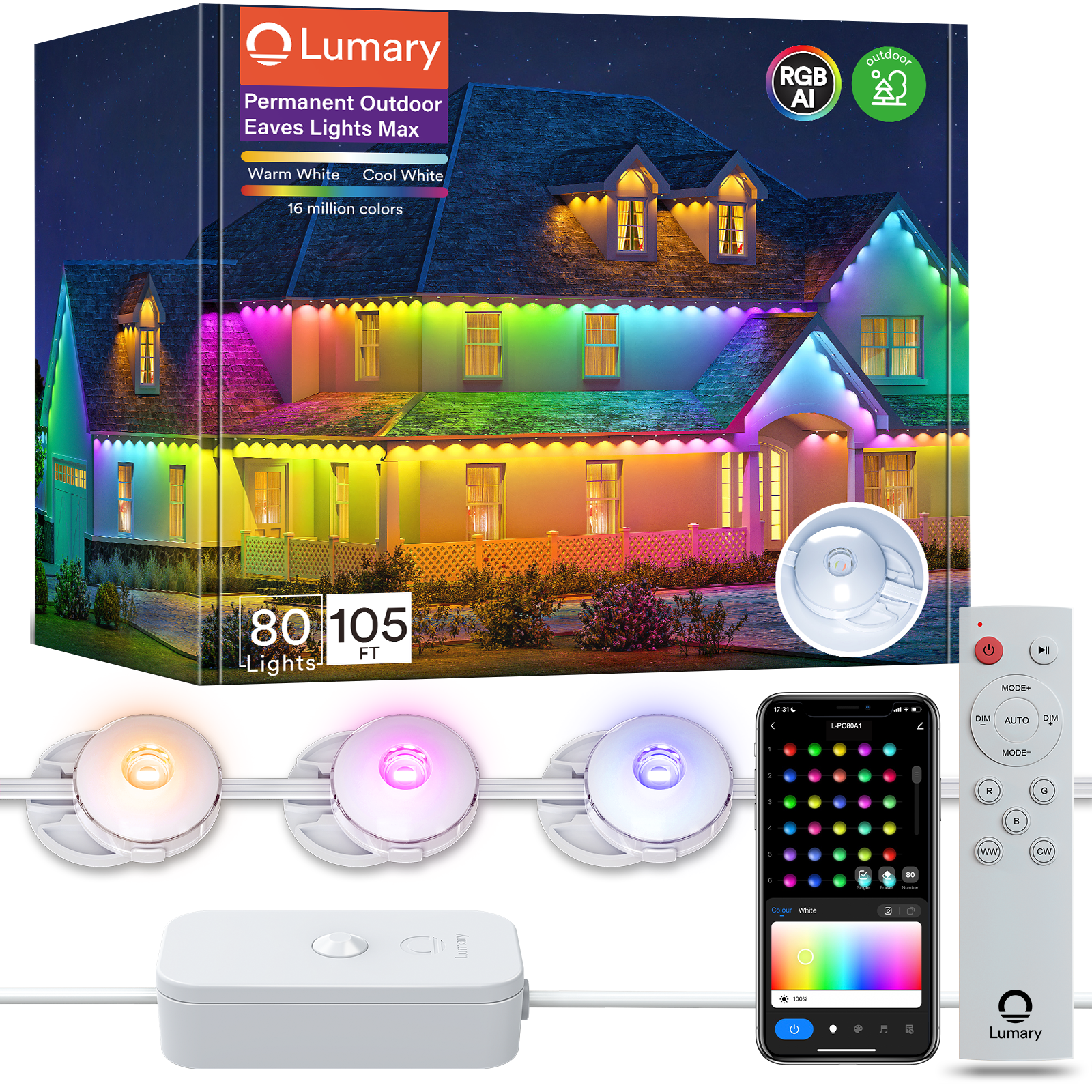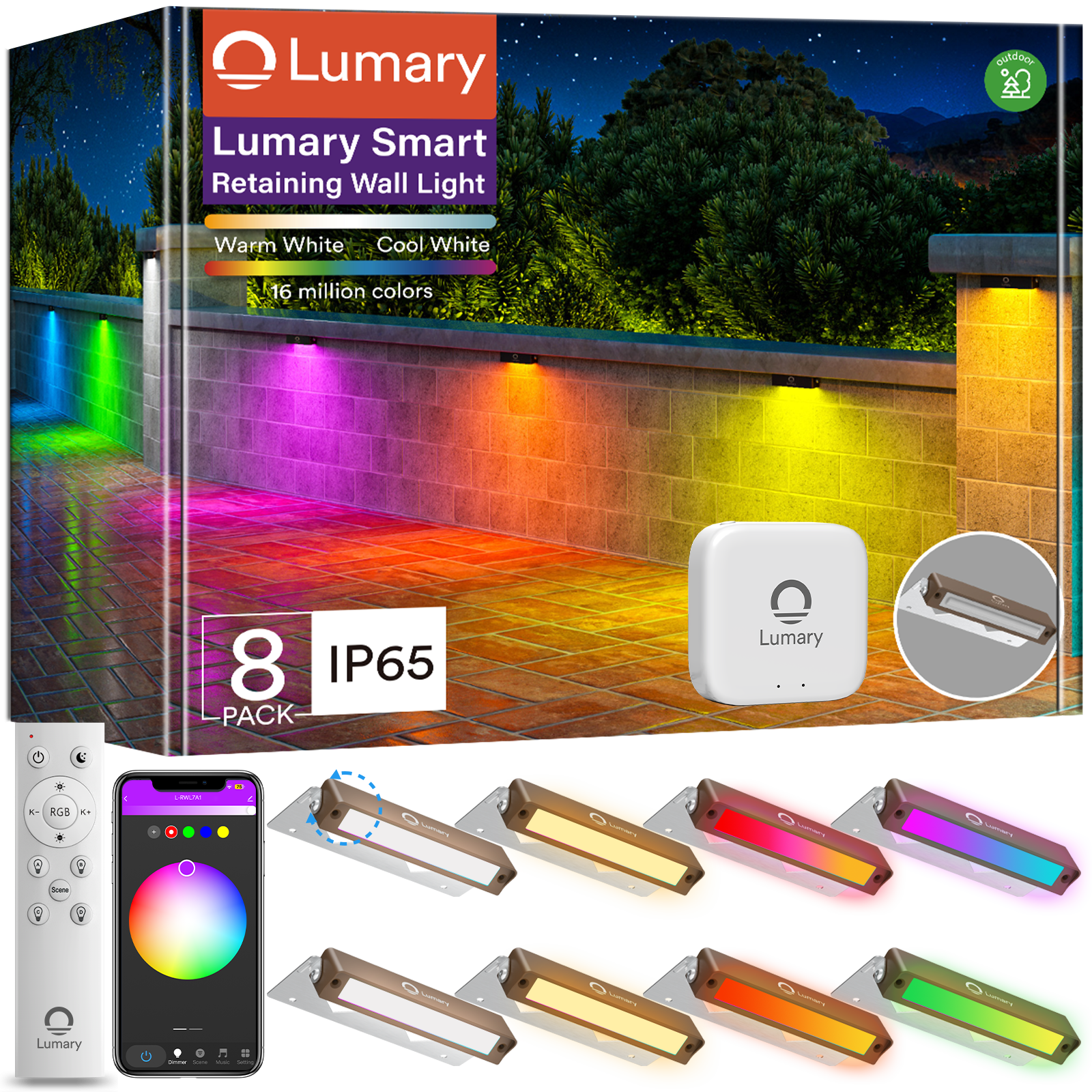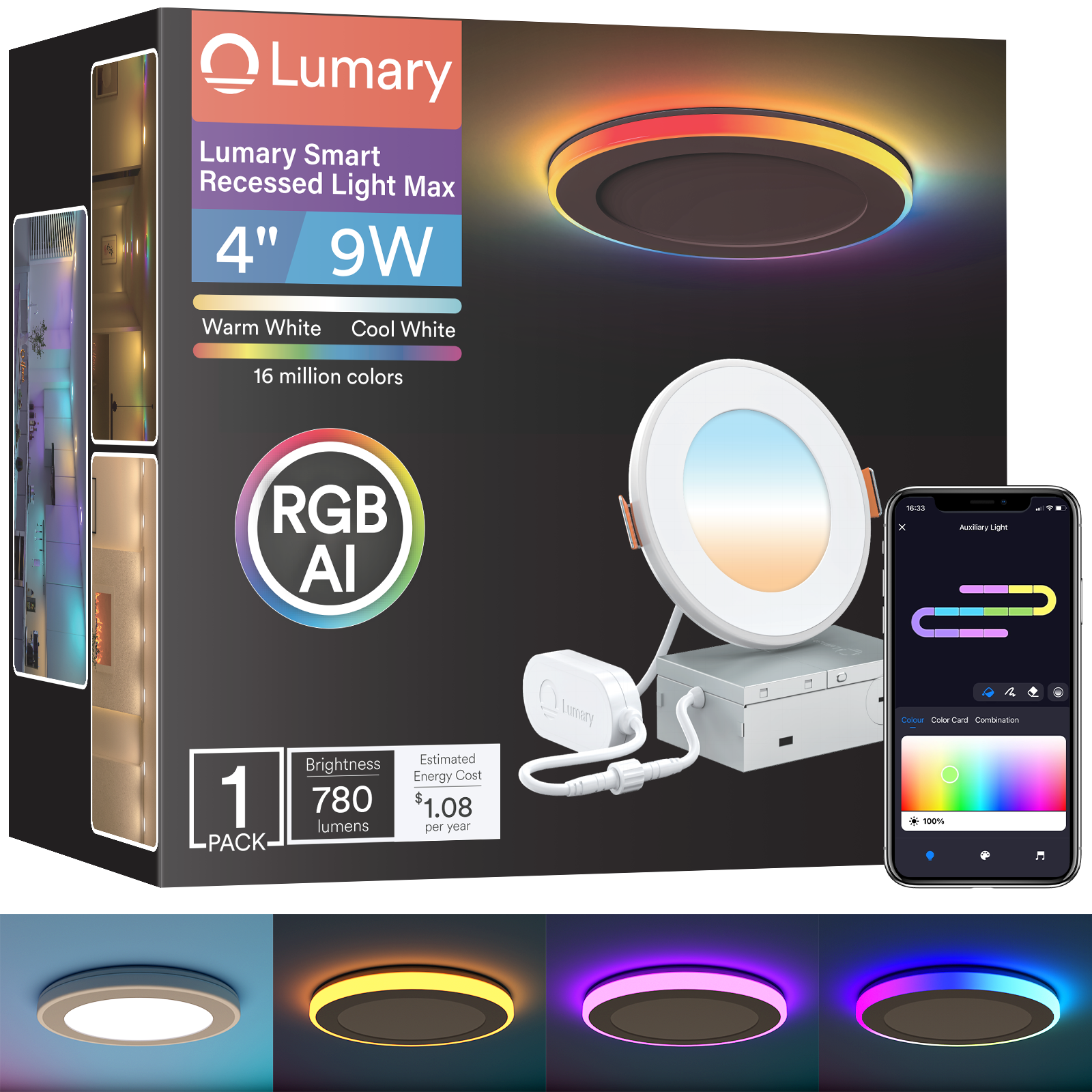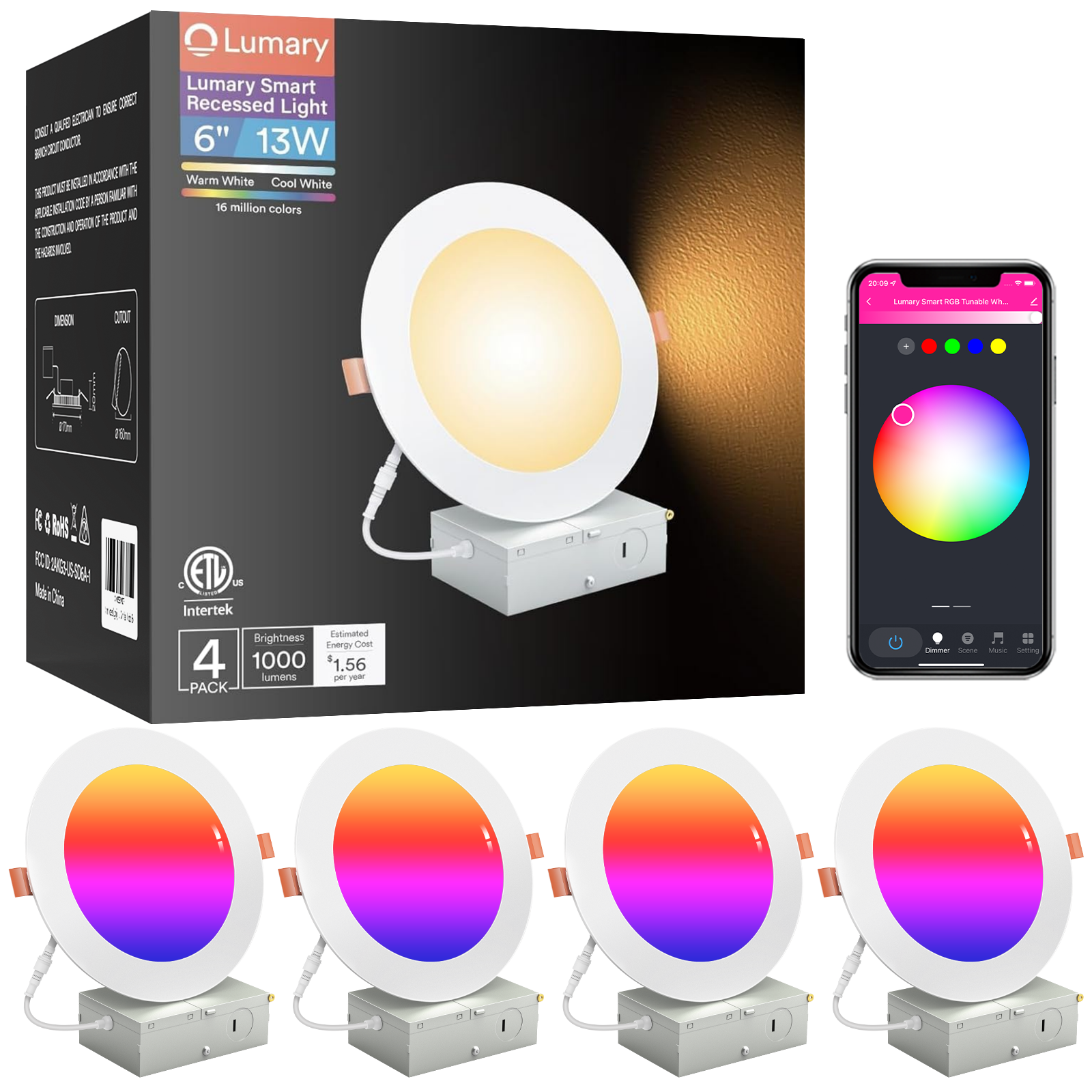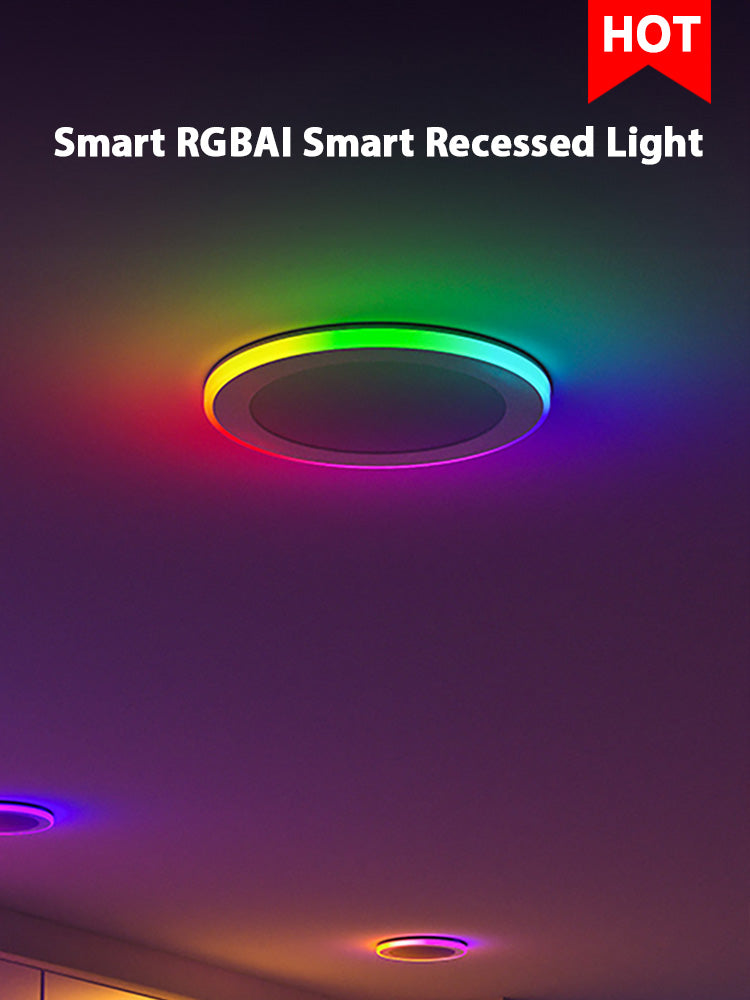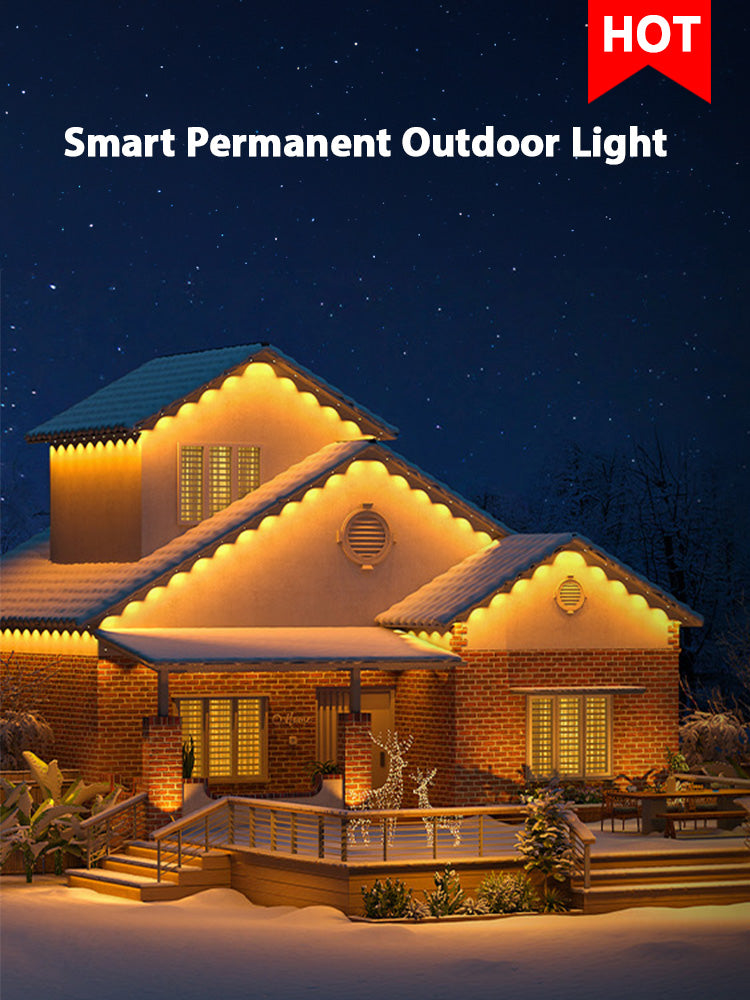Outdoor lighting has come a long way, and LED technology now leads the charge in transforming spaces. Whether you're hosting a backyard party or creating a cozy patio retreat, the right lighting can make all the difference. Outdoor LED strip lights offer a versatile solution, combining energy efficiency with stunning visual effects. With the global LED market projected to surpass $93 billion by 2026, it's clear that more people are turning to these innovative options. Choosing the perfect strip lights for outside doesn’t have to feel complicated—you just need the right approach.
Key Takeaways

-
Assess your lighting needs by identifying the purpose, type, and area to be lit, ensuring your outdoor space is both functional and inviting.
-
Prioritize weatherproofing and durability by checking IP ratings and selecting high-quality materials to withstand outdoor conditions.
-
Choose the right brightness and color temperature to create the desired ambiance, enhancing both the aesthetic and functionality of your outdoor area.
-
Measure the space accurately and understand power requirements to ensure a seamless installation and optimal performance of your LED strip lights.
-
Explore additional features like smart controls and color customization to enhance your lighting experience and adapt to different occasions.
-
Follow safety tips during installation to prevent hazards and ensure a secure setup, maintaining the longevity of your outdoor lighting.
Step 1: Assess Your Lighting Needs
When it comes to selecting outdoor LED strip lights, the first step is understanding your specific lighting needs. This ensures you choose the right product that enhances your outdoor space while meeting your functional requirements. Let’s break it down into three key areas.
Identify the Purpose of the Lighting
Start by asking yourself, “What do I want these lights to achieve?” The purpose of your lighting will guide your decision. For instance:
-
Decorative lighting: If you’re looking to create a cozy ambiance for gatherings or highlight landscaping features, you’ll need lights with lower brightness levels. These are perfect for patios, gardens, or pathways.
-
Functional lighting: For tasks like improving visibility or enhancing security, opt for brighter outdoor LED light strips. These are ideal for driveways, staircases, or entryways.
Understanding the purpose helps you narrow down your options and ensures your lighting serves its intended role effectively.
Consider the Type of Lighting You Want
Outdoor LED light strips come in various styles, each suited for different needs. Do you prefer a warm, inviting glow or a modern, vibrant look? Here’s how to decide:
-
Warm white lighting: Creates a relaxing and welcoming atmosphere, perfect for patios or seating areas.
-
Cool white lighting: Offers a sleek, contemporary feel, great for modern outdoor designs.
-
RGB or color-changing lights: Adds a playful and dynamic touch, ideal for parties or festive occasions.
LED technology allows you to customize your lighting experience. With options like adjustable brightness and color temperature, you can tailor the lights to match your mood or event.
Evaluate the Area to Be Lit
Before making a purchase, take a close look at the space you want to illuminate. Measure the area to determine how much lighting you’ll need. For larger spaces, consider higher-density outdoor LED light strips to ensure even coverage. Think about placement too—will the lights be exposed to rain or direct sunlight? If so, prioritize waterproof and weatherproofing features to ensure durability.
Pro Tip: Always check the IP rating of the lights. A higher IP rating means better protection against water and dust, which is crucial for outdoor use.
By assessing your lighting needs, you’ll make smarter choices and avoid common pitfalls when choosing outdoor LED light strips. This step lays the foundation for creating a beautifully lit outdoor space that’s both functional and stylish.
Step 2: Check Weatherproofing and Durability
When choosing outdoor LED strip lights, you need to ensure they can handle the elements. Outdoor spaces expose lighting to rain, dust, and temperature changes, so durability and weatherproofing are essential. Let’s dive into two critical aspects to consider.
Understand IP Ratings
IP ratings, or Ingress Protection ratings, tell you how well a product resists water and dust. For outdoor use, this is a key factor in ensuring your lights last. The rating consists of two numbers. The first indicates protection against solids like dust, while the second measures resistance to liquids.
-
IP65: Protects against dust and low-pressure water jets. This is suitable for areas like patios or under eaves where exposure to water is minimal.
-
IP67: Offers better protection, including temporary immersion in water. Use this for spaces like gardens or near fountains.
-
IP68: Provides full waterproofing, even for continuous immersion. This is ideal for pools or ponds.
Pro Tip: Always choose an IP rating that matches the conditions of your outdoor space. For most outdoor applications, an IP67 rating is the ideal IP rating to ensure durability and performance.
Look for Durable Materials
The materials used in your LED strip lights play a big role in their longevity. High-quality materials ensure your lights withstand harsh conditions without compromising performance. Look for features like:
-
Silicone Coating: Many waterproof LED strips use silicone resin to shield components from moisture, dust, and debris. This coating enhances durability and keeps your lights functioning efficiently.
-
UV Resistance: If your lights will face direct sunlight, UV-resistant materials prevent fading or cracking over time.
-
Temperature Tolerance: Outdoor LED strip lights should handle extreme temperatures. For example, some high-quality options can operate between -4℉ and 113℉, ensuring reliability in both summer heat and winter cold.
Durable materials not only protect your lights but also maintain their brightness and efficiency over time. Investing in quality ensures your outdoor lighting remains vibrant and secure, no matter the weather.
By focusing on weatherproofing and durability, you’ll choose lights that stand the test of time. This step ensures your outdoor space stays beautifully illuminated, whether it’s for ambiance, security, or both.
Step 3: Choose the Right Brightness and Color Temperature
When selecting outdoor LED strip lights, getting the brightness and color temperature right can make all the difference. These factors influence not only how your space looks but also how it feels. Let’s break it down so you can make the best choice for your outdoor area.
Determine the Appropriate Brightness
Brightness is measured in lumens, and understanding this is key to creating the perfect ambiance. The higher the lumens per foot, the brighter the light. For outdoor spaces, the right level of brightness depends on the purpose of the lighting:
-
For ambiance: Lower brightness levels work well for patios, gardens, or seating areas. They create a cozy and inviting atmosphere.
-
For functionality: Higher brightness levels are ideal for pathways, driveways, or areas requiring better visibility and security.
Pro Tip: Look for LED strip lights with adjustable brightness. This feature gives you flexibility to adapt the lighting to different occasions, whether it’s a quiet evening or a lively outdoor party.
Choosing the right brightness ensures your outdoor space is both functional and visually appealing. It also enhances energy efficiency by preventing over-lighting.
Select the Ideal Color Temperature
Color temperature, measured in Kelvin (K), affects the mood and appearance of your outdoor space. Warmer temperatures (2200K–3000K) create a relaxing and welcoming vibe, while cooler temperatures (4000K–6500K) offer a modern and vibrant look. Here’s how to decide:
-
Warm white (2200K–3000K): Perfect for creating a cozy atmosphere in seating areas or around fire pits.
-
Cool white (4000K–5000K): Great for task lighting or highlighting architectural features.
-
Daylight white (5000K–6500K): Ideal for spaces requiring high visibility, such as driveways or security zones.
Studies have shown that lighting with the right color temperature can improve mood and even reduce mental workload. For example, a study published in Scientific Reports found that environments with a color temperature of 3000K are particularly effective for creating a comfortable and stress-free setting.
Pro Tip: Opt for LED strip lights with adjustable color temperature. This allows you to switch between warm and cool tones depending on the occasion or season.
By carefully choosing the brightness and color temperature, you can transform your outdoor space into a versatile and inviting area. Whether you’re aiming for relaxation, functionality, or security, these factors ensure your lighting meets your needs.
Step 4: Determine the Length and Power Requirements
When selecting outdoor LED light strips, understanding the length and power requirements is crucial. This step ensures your lighting setup is both functional and efficient. Let’s break it down into three simple parts.
Measure the Space You Want to Light
Start by measuring the area you plan to illuminate. Knowing the exact dimensions helps you determine the best length and flexibility for your outdoor LED light strips. Whether you’re lining a pathway, wrapping around a deck, or accentuating landscaping features, accurate measurements prevent you from buying too much or too little.
-
Use a tape measure to calculate the total length needed.
-
Consider the layout. Will the lights follow straight lines, curves, or corners? Flexible LED strips work well for intricate designs.
-
For larger spaces, opt for longer strips or connect multiple strips to cover the area seamlessly.
Pro Tip: Always add a little extra length to your measurements. This ensures you have enough strip to complete your design without running short.
By measuring carefully, you’ll achieve a polished look and avoid unnecessary adjustments during installation.

Understand Voltage and Power Supply Options
Voltage plays a key role in the performance of outdoor LED light strips. Most strips operate on either 12V or 24V systems. Choosing the right voltage ensures compatibility with your power supply and controller.
-
12V systems: Ideal for smaller projects or shorter strips. These are common for decorative lighting in patios or gardens.
-
24V systems: Better for longer strips or larger installations. They offer improved efficiency and reduce voltage drop over extended lengths.
You’ll also need a compatible power supply. Look for one that matches the voltage and wattage of your LED strips. Many outdoor LED light strips come with recommended power supplies, making it easier to choose the right one.
Pro Tip: Check if your power supply includes a controller. Controllers allow you to adjust brightness, color, and other settings for a customized lighting experience.
Understanding voltage and power options ensures your lights perform reliably and safely.
Plan for Power Efficiency
Efficiency matters when it comes to outdoor lighting. High-quality outdoor LED light strips consume less energy while delivering excellent brightness. This not only saves on electricity costs but also reduces environmental impact.
-
Choose LED strips with energy-efficient ratings. Look for products labeled as low-power or eco-friendly.
-
Opt for dimmable strips. Adjusting brightness levels lets you save energy when full illumination isn’t necessary.
-
Avoid overloading your power supply. Calculate the total wattage of your strips and ensure your power source can handle the load.
Pro Tip: Invest in waterproof LED strips with durable materials. These last longer and maintain their efficiency even in harsh outdoor conditions.
By planning for efficiency, you’ll enjoy long-lasting, cost-effective lighting that enhances your outdoor space.
Selecting outdoor LED light strips with the right length and power requirements ensures a smooth installation and optimal performance. With proper measurements, voltage compatibility, and energy-efficient choices, you’ll create a stunning and reliable lighting setup for any outdoor area.
Step 5: Evaluate Additional Features and Installation
When choosing outdoor LED strip lights, additional features and proper installation can elevate your lighting experience. Let’s explore how to make the most of these aspects.
Explore Additional Features
Modern outdoor LED strip lights come packed with features that enhance functionality and convenience. These extras can make your lighting setup more versatile and enjoyable.
-
Smart Controls: Many LED lights now offer app-based control, allowing you to adjust settings like color, brightness, and timing with ease. Some even sync with voice assistants like Alexa or Siri, making it effortless to manage your lights hands-free. Imagine saying, “Alexa, turn on the patio lights,” and watching your space light up instantly!
-
Color Customization: RGB and RGBCW technology let you switch between vibrant colors or subtle tones. This feature is perfect for creating a festive atmosphere during parties or a calming ambiance for quiet evenings.
-
Preset Scenes: Some lights include pre-programmed modes for different occasions. Whether you want a romantic glow or dynamic lighting that syncs with music, these presets save time and effort.
-
Waterproof Design: Outdoor lights must withstand the elements. Look for waterproof options with high IP ratings to ensure durability in rain or snow. This feature is essential for maintaining performance and longevity.
Pro Tip: Choose lights with adjustable brightness and color temperature. These features let you adapt your lighting to suit any mood or event, from cozy gatherings to functional security lighting.
Consider Installation Requirements
Installing outdoor LED strip lights doesn’t have to be complicated. With the right preparation, you can achieve a seamless setup.
-
Plan Your Layout: Before you start, decide where you’ll place the lights. Measure the area carefully to ensure you have the correct length. Flexible strips work well for curved or uneven surfaces.
-
Mounting Options: Most LED strips come with adhesive backing or mounting brackets. Adhesive strips are great for smooth surfaces, while brackets provide extra stability for rough or uneven areas.
-
Power Source Placement: Position your power supply in a safe, accessible spot. Ensure it’s protected from water and direct sunlight to avoid damage.
-
Test Before Mounting: Always test the lights before final installation. This step ensures everything works correctly and saves you from redoing the setup.
One user shared their experience: “It was a breeze to install the lights. We mounted them to their brackets and adjusted the placement to ensure proper alignment. The process required minimal tools and effort.”
Pro Tip: If you’re unsure about how to install LED strip lights outdoor, follow the manufacturer’s guide or watch online tutorials for step-by-step instructions.
Safety Tips for Installation
Safety should always come first when setting up outdoor lighting. Following these tips will help you avoid common hazards and ensure a secure installation.
-
Use Waterproof Components: Ensure all connectors, power supplies, and controllers are waterproof. This prevents electrical issues caused by moisture.
-
Avoid Overloading Circuits: Calculate the total wattage of your LED strips and ensure your power source can handle the load. Overloading can lead to overheating or short circuits.
-
Secure Cables Properly: Keep wires and cables neatly organized and away from walkways. This reduces the risk of tripping or accidental damage.
-
Check for Stability: Make sure the lights are firmly attached to their mounting surfaces. Loose strips can fall or shift, affecting both appearance and functionality.
-
Follow Local Electrical Codes: If your setup involves hardwiring, consult a professional electrician to ensure compliance with safety standards.
Pro Tip: For added security, consider using outdoor LED light strip installation tips provided by experts. These insights can help you achieve a professional-grade setup.
By exploring additional features, planning your installation carefully, and prioritizing safety, you’ll create a lighting system that’s both stunning and reliable. Whether you’re enhancing your backyard’s ambiance or boosting security lighting, these steps ensure a hassle-free experience.
Finding the best outdoor LED strip lights becomes effortless when you follow these five steps. By assessing your needs, ensuring durability, and selecting the right brightness and color temperature, you can create a lighting setup that perfectly suits your space. Products like the Lumary Smart Outdoor Neon Rope Lights stand out as a versatile choice. Their advanced features, such as adjustable brightness and weatherproof design, make them ideal for any outdoor setting. Whether you're enhancing ambiance or adding security lighting, these lights deliver exceptional performance. Start transforming your outdoor space today with confidence!
FAQ
Can outdoor LED light strips be used in wet conditions?
Yes, you can use outdoor LED light strips in wet conditions if they have the right IP rating. For example, an IP67-rated strip can handle rain and splashing water, making it perfect for patios or gardens. If you need lights for full immersion, like in a swimming pool, go for IP68-rated strips. Always check the IP rating to ensure your lights can withstand the specific conditions of your outdoor space.
Can LED lights be used outdoors?
Absolutely! LED lights work great outdoors. Just make sure you choose ones designed for outdoor use with the appropriate protection level for your location. For instance, if you live in a rainy area, opt for waterproof LED lights with a high IP rating. This ensures they perform well and last longer, even in challenging weather.
How do I adhere outdoor-rated strip lights securely?
To adhere outdoor-rated strip lights, start by cleaning the surface where you’ll mount them. Use adhesive backing if the strips come with it, or opt for mounting brackets for extra stability. For uneven or rough surfaces, brackets work best. Always test the placement before finalizing to ensure proper alignment and a polished look.
What is the lifespan of outdoor LED strip lights?
Outdoor LED strip lights typically last between 30,000 to 50,000 hours, depending on their quality and usage. High-quality options, like those with durable materials and proper weatherproofing, tend to last longer. Regular maintenance, such as cleaning and checking for damage, can also extend their lifespan.
Can I cut LED strip lights to fit my space?
Yes, most LED strip lights are designed to be cut at specific intervals. Look for marked cutting points on the strip. Use sharp scissors or a cutting tool to ensure a clean cut. After cutting, seal the ends with waterproof connectors or caps to maintain durability and prevent electrical issues.
Are outdoor LED strip lights energy-efficient?
Yes, outdoor LED strip lights are highly energy-efficient. They consume less power compared to traditional lighting while delivering excellent brightness. Many LED strips also come with dimming options, allowing you to save even more energy by adjusting the brightness to suit your needs.
How do I control outdoor LED strip lights?
You can control outdoor LED strip lights in several ways. Many modern options offer app-based controls, letting you adjust brightness, colors, and timing from your smartphone. Some even sync with voice assistants like Alexa or Siri for hands-free operation. Remote controls are another convenient option for managing your lights.
What color temperature is best for outdoor spaces?
The best color temperature depends on the mood you want to create. Warm white (2200K–3000K) works well for cozy and inviting spaces like patios. Cool white (4000K–5000K) suits modern designs or task lighting. For high visibility, such as in driveways, daylight white (5000K–6500K) is ideal. Adjustable color temperature lights give you the flexibility to switch between these options.
Can I sync outdoor LED strip lights with music?
Yes, many outdoor LED strip lights come with music-syncing features. These lights can change colors or brightness in rhythm with your favorite tunes, creating a dynamic and festive atmosphere. This feature is perfect for parties or special occasions, adding an extra layer of fun to your outdoor space.
Do outdoor LED strip lights require professional installation?
Not necessarily. Most outdoor LED strip lights are designed for easy installation. With adhesive backing or mounting brackets, you can set them up yourself. However, if your setup involves hardwiring or complex electrical work, consulting a professional electrician ensures safety and compliance with local codes.

